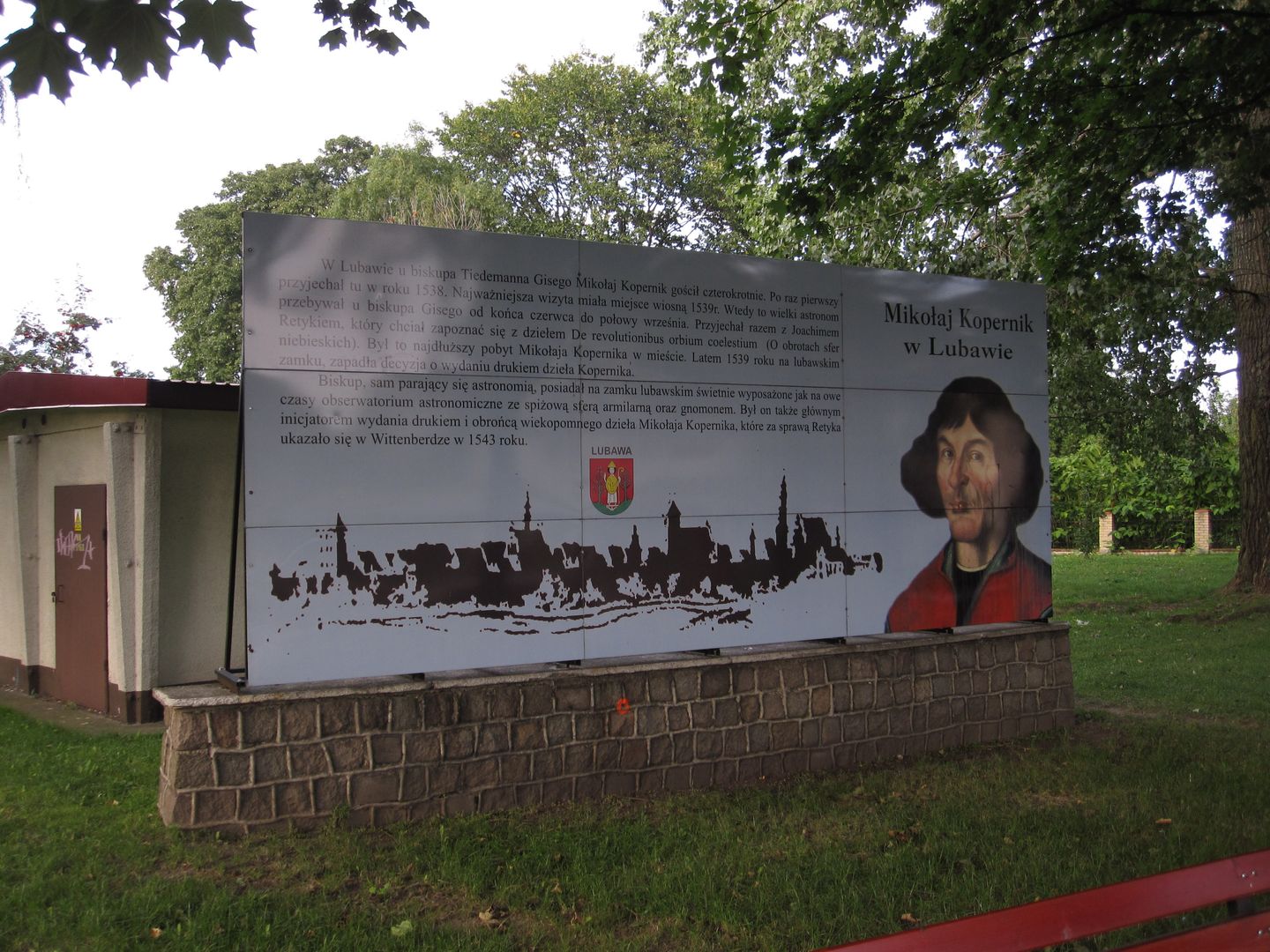Lubawa
6.46

Overview
Lubawa, historically known as Löbau, is a town in the Warmian-Masurian Voivodeship with a rich history dating back to the 13th century. Founded between 1245 and 1260, it served as an important administrative center for the bishops of Chełmno in the 16th century, who built a magnificent castle in the town. Lubawa is situated on the Lubawa Upland in the northeastern part of the Chełmno Land and was once a Prussian stronghold. The town witnessed numerous historical events, including invasions, struggles with the Teutonic Order, and attempts by Lithuanians and Prussians to seize its territories. In 1454, Lubawa joined the Prussian Confederation, which ended Teutonic rule, and in 1466 it was formally incorporated into the Polish Crown. During the partitions, after the First Partition in 1772, Lubawa lost much of its Polish character, leading to a decline in its significance. After regaining independence in 1920, the town came under Polish administration and gained importance as an agricultural service center during the interwar period. During World War II, Lubawa suffered extensive damage, with up to 80% of its buildings destroyed, though some religious architectural monuments survived, such as the Fara Church from 1330 and the Church of St. John from 1608. The town is also home to the Museum of the Lubawa Land, which showcases local exhibits. Culturally active, Lubawa has literary traditions represented by figures such as Teofil Ruczyński and Janusz Stanisław Pasierb. Economically, the town thrives thanks to large companies in the Borek industrial district, including IKEA factories. Transport links connect Lubawa to major national roads and a railway station. Interestingly, Nicolaus Copernicus spent time in Lubawa, and the town boasts a rich sports scene across various disciplines. Lubawa is also known for its numerous historical monuments, such as the ruins of the Chełmno bishops' castle and remnants of defensive walls, making it an intriguing destination for tourists and history enthusiasts.
Location
2025 Wizytor | All Rights Reserved